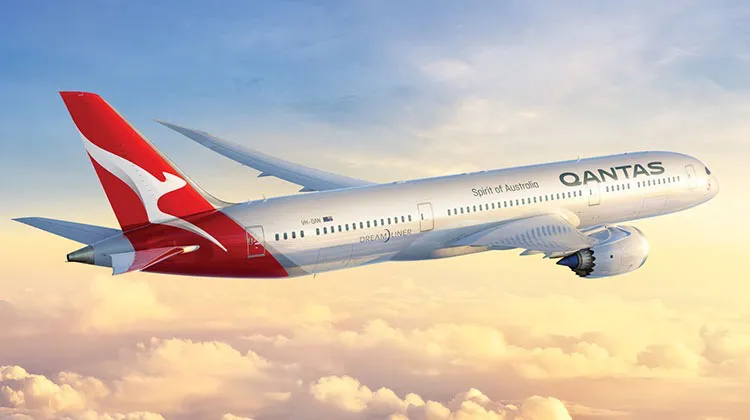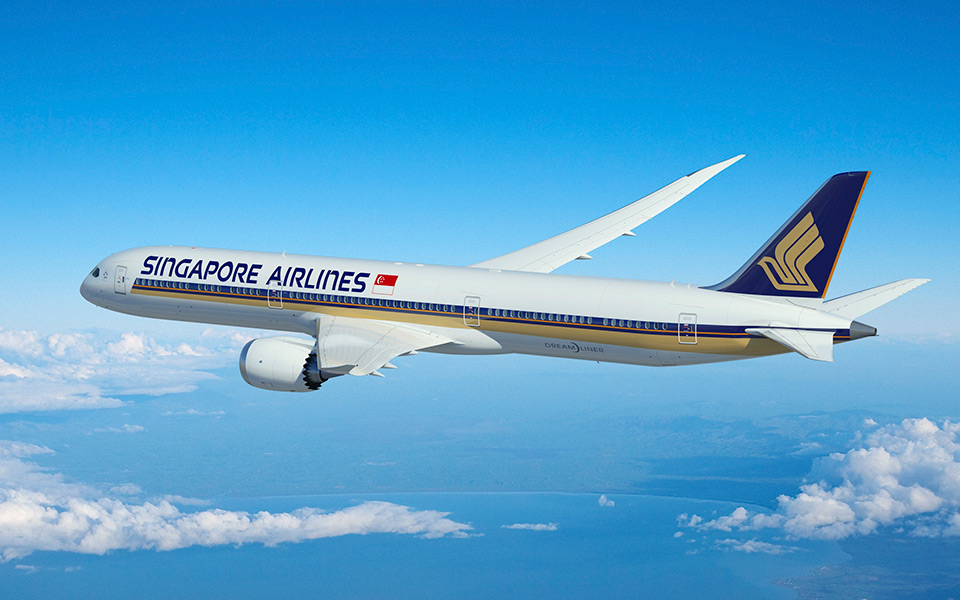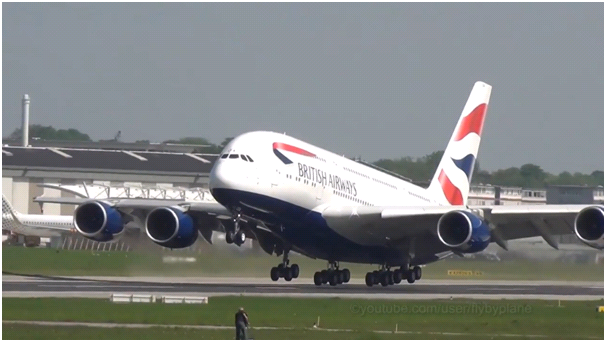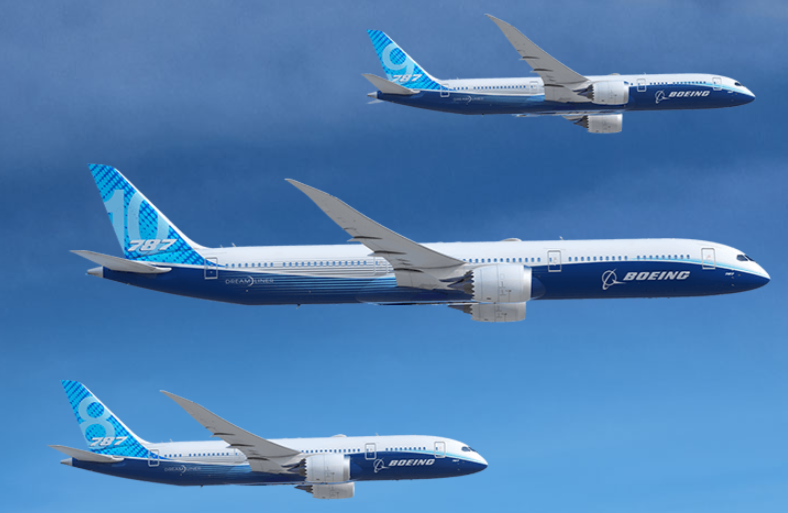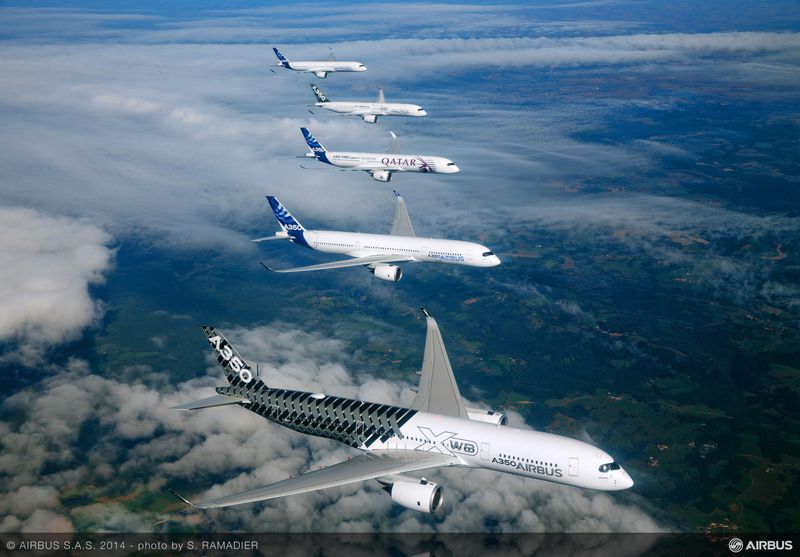Leeham News and Analysis
There's more to real news than a news release.
One or Two hops cheapest for long flights? Part 2
Subscription Required
By Bjorn Fehrm
Introduction
June 2, 2022, © Leeham News: We tested the notion that it’s more economical to divide a long flight into two shorter flights last week. The test was a typical long-range flight of 11 to 12 hours.
We found that if all operational costs are counted (the so-called Cash Operating Costs, COC), the theory didn’t work. You gain on fuel costs, but you are doubling other costs like landing fees, etc.
Now we test the theory on an Ultra Long Range (ULR) flight, using our Performance and Operational Cost model.
Summary
- The widespread idea of two shorter flights being more economical than a single long flight applies to ULR flights.
- The theory says this is because a long flight takes more fuel than two shorter flights. It’s not the main reason why the theory holds for ULR flights.
An A330neo freighter, should it happen? Part 2
Subscription Required
By Bjorn Fehrm
Introduction
April 14, 2022, © Leeham News: Last week, we speculated that Airbus might decide to upgrade the present A330-200F freighter to a neo variant based on the longer -900 fuselage.
To understand how competitive it would be, we compare its economics to the 787, 767-300F, and A330-200F freighters.
Summary
- Airbus’s A330-900F would be a modest upgrade project, as all bits needed are in production today.
- The result would outcompete all present midrange freighters and give a 787 freighter a match in the market.
An A330neo freighter, should it happen?
Subscription Required
By Bjorn Fehrm
Introduction
April 7, 2022, © Leeham News: Last week, we started a discussion on what should be Airbus’ response to a 787 freighter. We have seen in a series of articles that the 787 freighter would beat the present A330 freighter, and the question is, will Airbus leave this segment to Boeing, or will it respond?
We look at what’s involved for Airbus to upgrade the present A330-200F to a neo freighter and what performance it would have compared to a 787 freighter.
Summary
- An upgrade of Airbus’ present A330-200F freighter to a neo variant based on the longer, more capable A330-900 would be a modest project for Airbus. All the special bits needed were developed for the A330-200F.
- The resulting A330-900F would be a competitive freighter, and as all needed parts are in serial production today, it could hit the market before a Boeing 787 freighter.
A Boeing 787 freighter, which model and how good? Part 2
Subscription Required
By Bjorn Fehrm
Introduction
March 24, 2022, © Leeham News: Last week, we discussed the creation of a Boeing 787 freighter. It shall replace the Boeing 767-300F, which is running into emission rule problems in 2027.
After looking at what 787 variant makes for the best freighter, we now compare the economics of the 787, 767-300F, and A330-200F freighters.
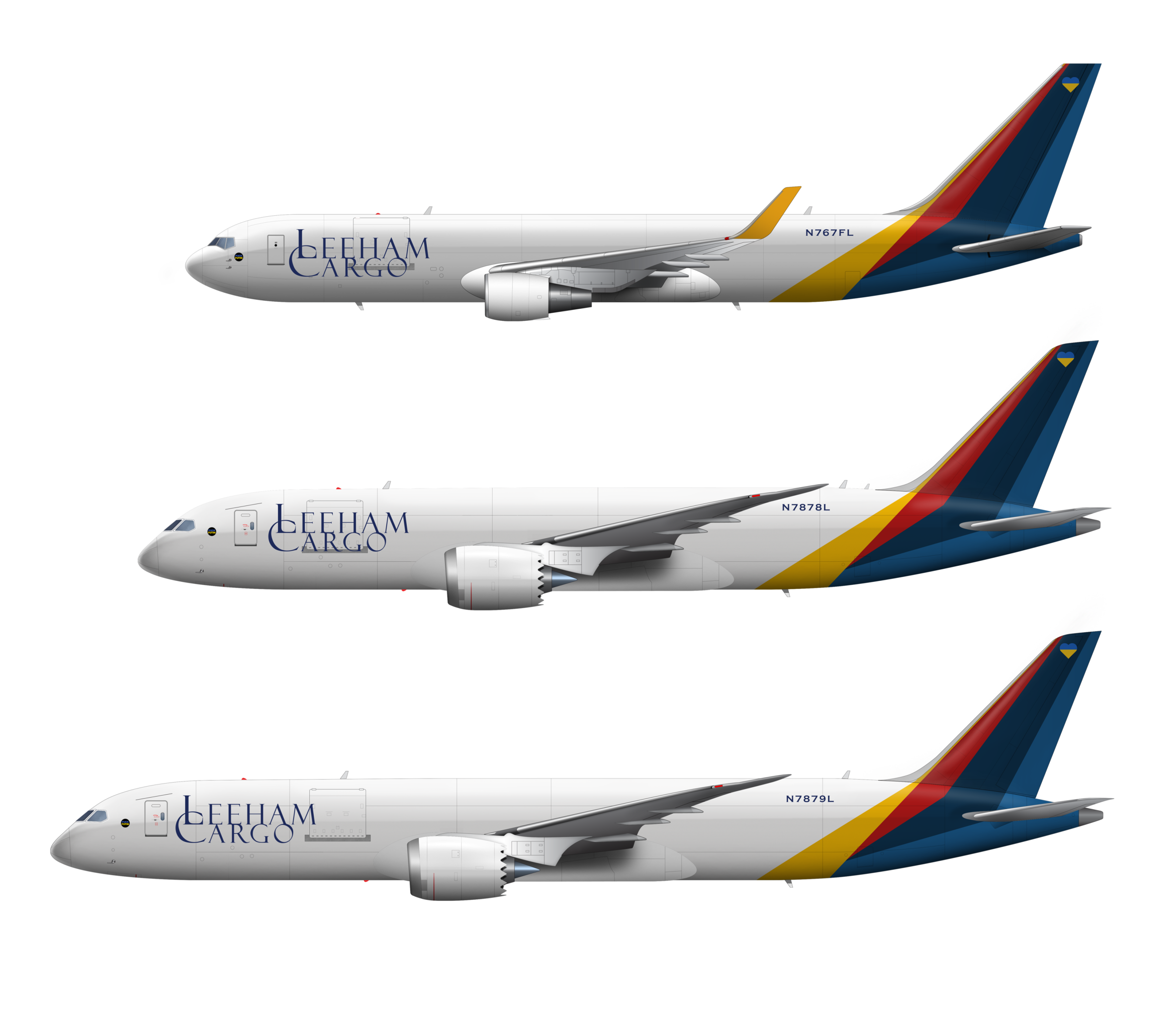
Figure 1. The 767-300F freighter (top) and its possible replacements: 787-8F (middle) and 787-9F (bottom). Source: Leeham Co.
Summary
- When a Boeing 787 freighter arrives at the decade’s end, its economics will change the freighter market’s dynamics.
A Boeing 787-10 HGW, how good is it? Part 2
Subscription Required
By Bjorn Fehrm
Introduction
March 3, 2022, © Leeham News: Last week, we looked at the predicted performance of a new version of Boeing’s 787-10 with an increased Gross Weight as announced by Boeing (called 787-10 HGW by us). We compared its performance and economics to Airbus’ A350-900, the nearest competitor.
The comparison was over a very long route, LAX to Sydney, where the 787-10 HGW performed well but was limited on the cargo side. Now we fly San Franciso to Tokyo, a more typical route for these aircraft, looking at the performance and operating economics.
Summary
- The 787-10 can perform long routes like LAX to Sydney in the HGW version but has payload limits compared with an A350-900.
- On the typical 10 to 12 hours routes, the 787-10 HGW shows its strengths.
A Boeing 787-10 HGW, how good is it?
Subscription Required
By Bjorn Fehrm
Introduction
February 24, 2022, © Leeham News: The CEO of Boeing Commercial Aircraft (BCA), Stan Deal, said at the Singapore Air show the company worked on increased gross weight versions of both the 787-9 and -10.
Target is to get the 787-10 to the range of the aircraft it shall replace, the 777-200ER and -300ER. It means more than 7,000nm of range against the 6,400nm of today.
How many tonnes of increased Gross weight does this mean, and what would be the performance compared with the Airbus A350-900? We use our airliner performance model to find out.
Summary
- The 787-10 can grow to a range of over 7,000nm with a modest increase of its gross weight.
- It will be competitive with the A350-900 but for the longest routes in such a variant.
One A380 departure or two 777-200ER alternatively 787-9?
Subscription Required
By Bjorn Fehrm
Introduction
December 2, 2021, © Leeham News: With the last Airbus A380 rolling of the production line in days, we started looking at why the A380 didn’t sell last week. Now we check its economics for an airline that can fill it. We fly one A380 versus two departures of smaller aircraft on a typical trunk route.
Our analysis takes British Airways as an example and whether it shall use an A380 on Heathrow to LAX at peak traffic or rather two departures with its Boeing 777-200ER or 787-9.
Summary
- When you can fill the A380, it’s surprisingly competitive even against a more modern aircraft like the 787-9.
- This is when we focus on passengers and cost.
- We change the analysis angle next week when we add cargo and look at margins rather than cost.
Is cargo capacity deciding the airliner variant?
Subscription Required
By Bjorn Fehrm
Introduction
September 23, 2021, © Leeham News: In last week’s article, we put the question: Has the increased cargo pricing started to affect the choice of airliner variant?
We listed recent decisions between the Boeing 787-8 and -9 or Airbus A330-900 and A350-900 where the traffic levels post-pandemic would motivate the smaller variant, but the larger was retained or selected.
It makes you wonder whether the higher cargo capacity of the larger variant compensates for flying a larger cabin at a lower load factor? We make a cost and revenue analysis to find out.
Summary
- Cargo was an additional revenue stream on top of the main source, the passenger traffic.
- The lower traffic levels for international long-haul traffic and the increase in cargo pricing have changed this. Cargo is now as important in the decision of which aircraft to choose as the passenger capacity.
The A350, Part 3: The A350-800 versus A330-900
Subscription Required
By Bjorn Fehrm
Introduction
January 28, 2020, © Leeham News: Last week, we analyzed the smallest member of the Airbus A350 family, the A350-800. After Airbus changed the variant to a non-optimal “cut and shut” variant, it was no longer competitive.
Airbus froze the development of the A350-800 and then let it slip out of the program (it’s never officially canceled). The A330neo became the replacement for the A350-800. Was this the right decision? Is the A330neo the better airplane?
Summary
- We saw the A350-800 in its final form had a problem competing with Boeing’s 787. This created a problem for the Airbus widebody program below 300 seats.
- After a thorough investigation, Airbus found a way to update the A330 to take the place of the A350-800. We use our airliner performance model to find out how well the replacement performs.
The A350, Part 2: Analyzing the A350-800
Subscription Required
By Bjorn Fehrm
Introduction
January 21, 2020, © Leeham News: Before the holidays, we started a series to look into Airbus’ A350 family. We analyzed the development program and how the variants have sold.
Initially, the A350-800 won about 180 orders. But as the market received more information about the smaller variant, the more it realized it wasn’t an optimal airplane. It was never officially canceled. But orders was up-gauged to the A350-900. Airbus decided the variant wasn’t competitive and developed the A330neo instead. We now look into why.
Summary
- The A350-800 was positioned as Airbus’ main defense against Boeing’s new 787-9, the most efficient variant of the Dreamliner.
- As the A350 program was delayed, the A350-800 moved from an optimized variant to a “cut and shut” version. This compromised its efficiency.
- Gradually Airbus changed its strategy how to compete with the 787.


